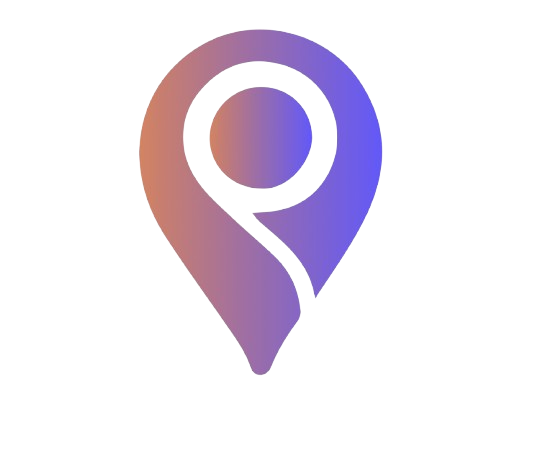Understanding these barriers is the first step. Now let’s explore practical strategies to overcome them and embrace more spontaneous connections:
1. Create a Flexible Schedule Buffer
Spontaneity paradoxically requires some planning. Try blocking 2-3 hours each week as “spontaneity time”—periods with no specific plans that you can use for last-minute opportunities. This creates space for spontaneity without completely disrupting your schedule.
Slide Thru’s “Happening Now” feature is perfect for these buffer periods, showing you activities starting within the next few hours that match your interests. You can even set notifications for spontaneous events within specific distance ranges, making it easy to find opportunities during your designated spontaneity time.
2. Prepare a “Go Bag”
One practical barrier to spontaneity is feeling unprepared. Create a small bag with essentials you might need for impromptu adventures: a portable phone charger, a water bottle, a light jacket, some cash, and perhaps a small notebook. Keeping this ready means you’re always prepared for unexpected opportunities.
For Slide Thru users, the app’s event descriptions include helpful “What to Bring” sections, so you can quickly check if your go bag covers the essentials or if you need to grab anything specific before heading out.
3. Embrace Imperfection
Perfect is the enemy of good—and of spontaneity. Practice saying yes to opportunities even when conditions aren’t ideal. The concert venue might be crowded, you might not be wearing your favorite outfit, and you might be a little tired—but these imperfections rarely diminish the experience as much as we fear they will.
Slide Thru’s user reviews often mention when events were enjoyable despite imperfect conditions, helping recalibrate your expectations and see that “good enough” circumstances usually lead to great experiences.
4. Reframe Fear as Excitement
Physiologically, fear and excitement produce nearly identical responses in our bodies. The difference is largely in how we label these sensations. When you feel that flutter before a spontaneous plan, try consciously relabeling it: “I’m not anxious about this last-minute gallery opening; I’m excited about the new art I might discover.”
The Slide Thru community often uses the tag #GoodNervous to describe this feeling, normalizing the flutter of anticipation that comes with spontaneous plans and helping users reinterpret it positively.
5. Start Small and Build Your “Spontaneity Muscle”
Like any skill, spontaneity improves with practice. Begin with low-stakes spontaneous decisions: say yes to an impromptu coffee rather than starting with a last-minute weekend trip. As your comfort with unplanned activities grows, you can gradually embrace bigger adventures.
Slide Thru’s duration filters make this progression easy—you can start by filtering for events under an hour, then gradually increase your spontaneity comfort zone as your confidence grows.

